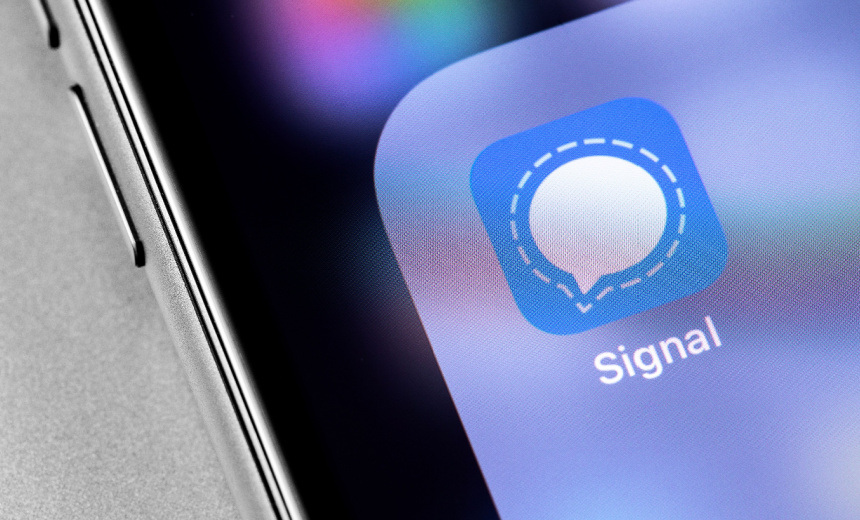Cyberwarfare / Nation-State Attacks,
Fraud Management & Cybercrime
Google Warns of Escalating Cyber Tactics Targeting Signal Users; Global Implications Exist

Recent investigations reveal that Russian state-sponsored hackers are employing phishing tactics to compromise users of the secure messaging app Signal in Ukraine, according to findings from the Google Threat Intelligence Group. This alarming trend underscores the growing significance of protecting sensitive communications against increasing state-sponsored cyber threats.
Signal has gained popularity among journalists, activists, and political figures, making it a prime target for cybercriminals seeking confidential information. Google’s analysis suggests that Russian threat actors are exploiting vulnerabilities in social engineering, revealing the concerning adaptability of their tactics.
Google anticipates that the methods deployed against Ukrainian Signal users could soon proliferate to global users. The firm warned that the tactics seen thus far are expected to evolve and attract additional threat actors, which may extend beyond the current conflict in Ukraine.
One chilling revelation is that bypassing end-to-end encryption does not necessarily rely on cryptographic attacks; rather, attackers can trick users into revealing their own information. According to research from Google, the most commonly observed method involves sending malicious QR codes to users. These codes take advantage of a Signal feature that enables users to link their accounts across multiple devices by scanning QR codes.
The linked devices functionality allows for simultaneous access between mobile and desktop platforms, synchronizing message histories. However, malicious QR codes can redirect victims to link their accounts to a hacker’s device, thereby granting unauthorized access to private messages. Google highlighted the significant risk posed by such compromises, which can often go undetected for extended periods.
These malicious QR codes have been disguised as legitimate Signal group invitations or device pairing instructions, raising the stakes for unsuspecting users. The Russian hacking group known as Sandworm, part of the Kremlin’s military intelligence, has been implicated in efforts to access Signal accounts on devices seized during military operations, indicating a coordinated approach to exploiting these vulnerabilities.
Another attack vector identified by Google involves the threat actor known as UNC5792, who has been sending manipulated group invitation links. Instead of directing users to Signal’s platform, these links lead to a page that links the victim’s account to the attacker’s, further illustrating the sophistication of the strategies at play. Ukrainian cyber defenders are actively tracking this group under the designation UAC-0195.
While Signal has yet to issue a formal response to these developments, the platform has tightened its linked device feature following these findings, according to Google’s principal analyst, Dan Black. Evidence suggests that Russian state-sponsored hackers are employing similar tactics against other encrypted communications platforms, including WhatsApp and Telegram, signaling a broader trend of state-sponsored cyber warfare against secure messaging services.
As this situation unfolds, business owners must remain vigilant and informed about such cyber threats, particularly those emanating from nation-state actors. Employing robust cybersecurity practices and understanding potential attack methods outlined in the MITRE ATT&CK framework—such as initial access, persistence, and privilege escalation—will be essential in safeguarding sensitive communications against these evolving threats.
